Audio over IP and the Future of Radio
Solent University welcomed BBC Research and Development last week for a talk on Audio over IP and the Future of Radio. Jamie Laudon and Chris Baum were addressing a joint meeting of the Audio Engineering Society (AES) and the student chapter of the Society of Motion Picture and Television Engineers (SMPTE). The event was well attended with professionals from both societies as well staff and students from the Media Technology Programme. It’s currently an exciting era for audio engineers as protocols are rapidly transitioning from dedicated point-to-point links to commodity IP infrastructures. This affords greater flexibility and has led to the development of some very novel formats.
Jamie started the meeting by discussing the benefits of IP-based protocols and introduced the main schemes currently deployed. AoIP schemes have become popular within the live event industry but are generally deployed on small-scale networks with particular schemes supported by certain manufacturers. Jamie focussed on the need for interoperability when combining several schemes in larger permanent installations, such as studio environments. AES67 has become key to this and has recently also been cemented into the video broadcast domain by its inclusion in SMPTE’s new ST2110-30.
Broadcast audio engineers have some unique requirements of communications protocols, which must be able to connect to a wide variety of equipment through established interfaces from IP down to GPIO. Meanwhile systems integrators are keen to increase resource utilisation by using virtualised services within cloud architectures. Capturing these requirements and implementing a single solution is no mean feat. A thorough understanding of enterprise networking is important and engineers must harden the networks against malicious interference using passwords and access control lists as well as by encrypting control protocol messages. The network must also be provisioned appropriately to avoid saturating the buffers on ports or switch planes otherwise packet loss will occur.
Jamie took us through a case study from the BBC’s ‘Internet Fit Radio’ project where a main studio, news booth, live area and central infrastructure were implemented using AoIP. A mixture of Livewire, Ravenna and Dante was used, which created challenges due to disparate discovery mechanisms that had to be translated for the protocols to work together. However the project was largely successful and demonstrated some attractive commercial advantages; for example the metadata could be used to automatically repackage live content for podcast by removing time-sensitive segments such as traffic and travel. Interestingly not all of the challenges were technological such as defining exactly when one programme finished and another began as the presenters often facilitate a soft changeover. It was fascinating listening to Jamie’s experience and encouraging to see that AoIP is viable in complex installations.
Following a brief recess Chris Baum took us through another R&D project for which a team had produced an interactive radio drama called ‘The Mermaids Tears’. The aim was to demonstrate an end-to-end broadcast chain for distributing object based audio. Object based audio differs from the current channel based approach by delivering a number of audio objects that are combined on the receive device. This affords the listener more control and interaction with those objects and could be used to increase accessibility or immersion. The Mermaids Tears allowed the listener to follow certain characters and hear different conversations and ambiance depending on the character they were following – this extended to different panning of sounds depending on where the character was positioned.
Pre-produced and live versions were made and delivered using a web-based interface and proprietary software to capture and manage the metadata. The audio objects were originally coded as AAC channels but later MPEG-H was used to encode true objects. The streams were then delivered using MPEG-DASH and replayed in the listeners browser using a BBC extension to the standard web audio API. The content proved popular and the team were able to combine and instigate several standards to help with future development. Chris suggested that the first object based audio that is likely to be widely available will be much more limited in scope – such as simply offering foreground-background balancing – however he is very optimistic that the approach taken by The Mermaid’s Tears will be replicated and extended in due course. The demo is available at: http://mermaidstears.ch.bbc.co.uk/
Both sessions were extremely interesting and prompted some excellent discussions following the talks. We’d like to thank Jamie, Chris and the BBC for their insights.




